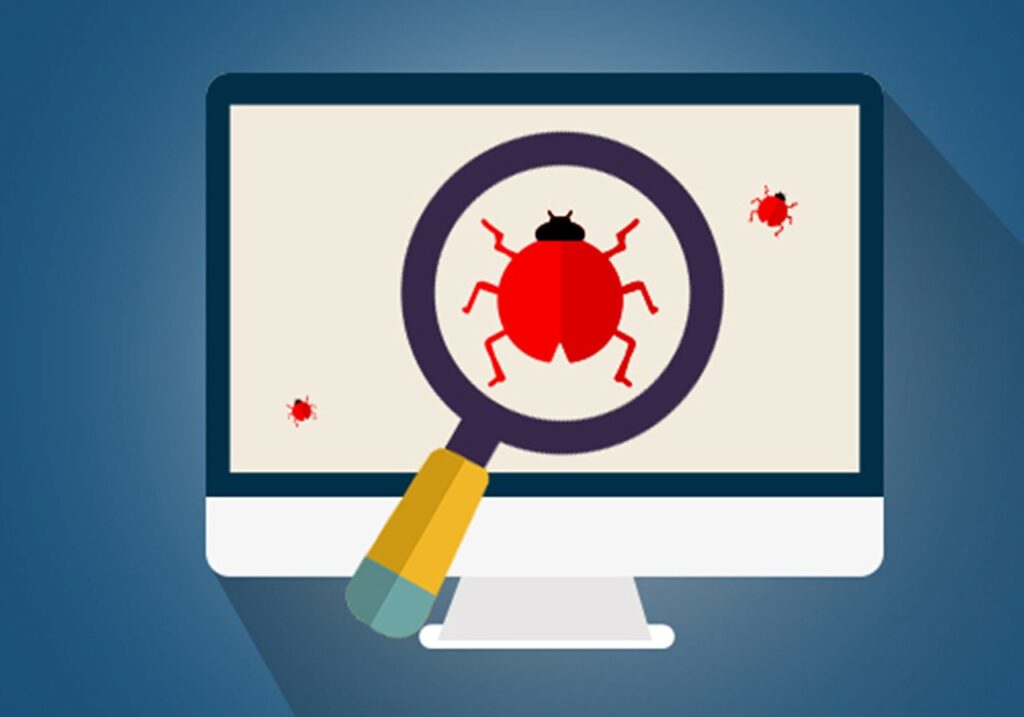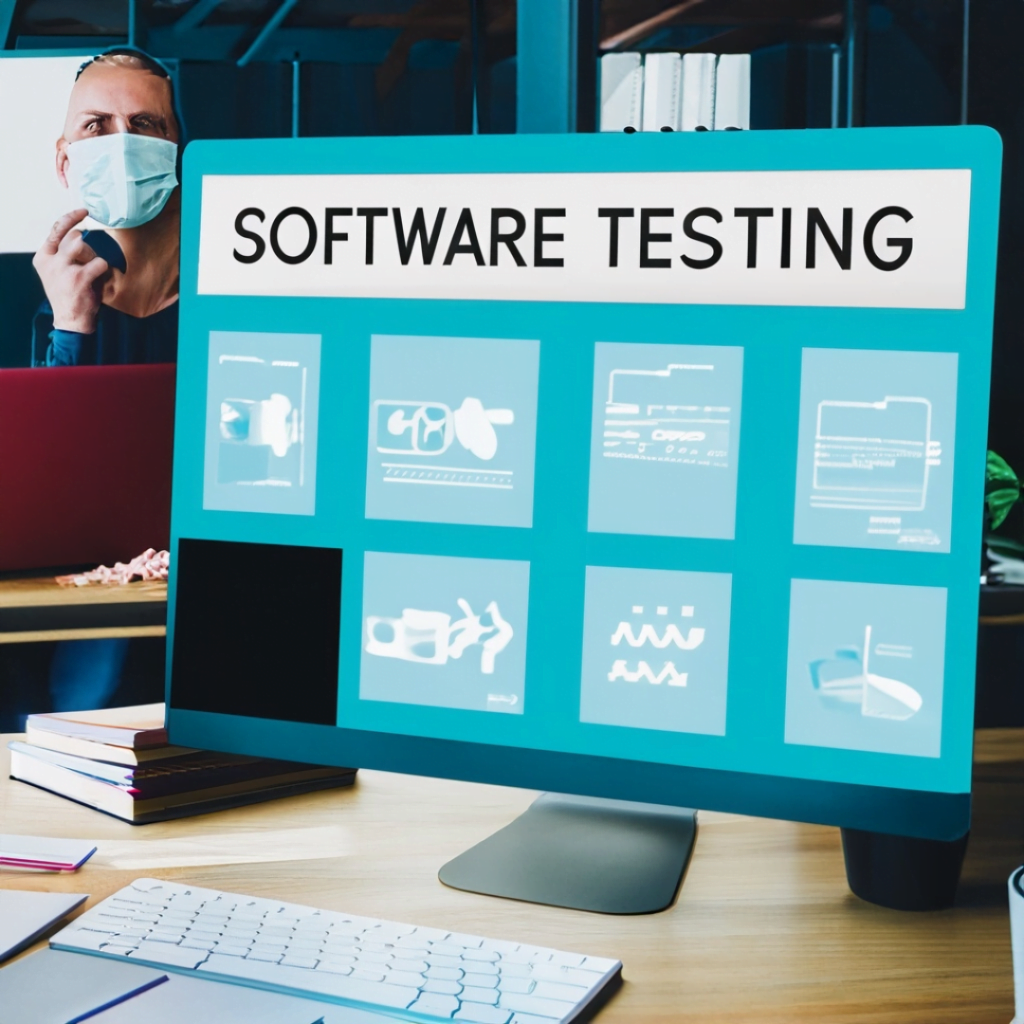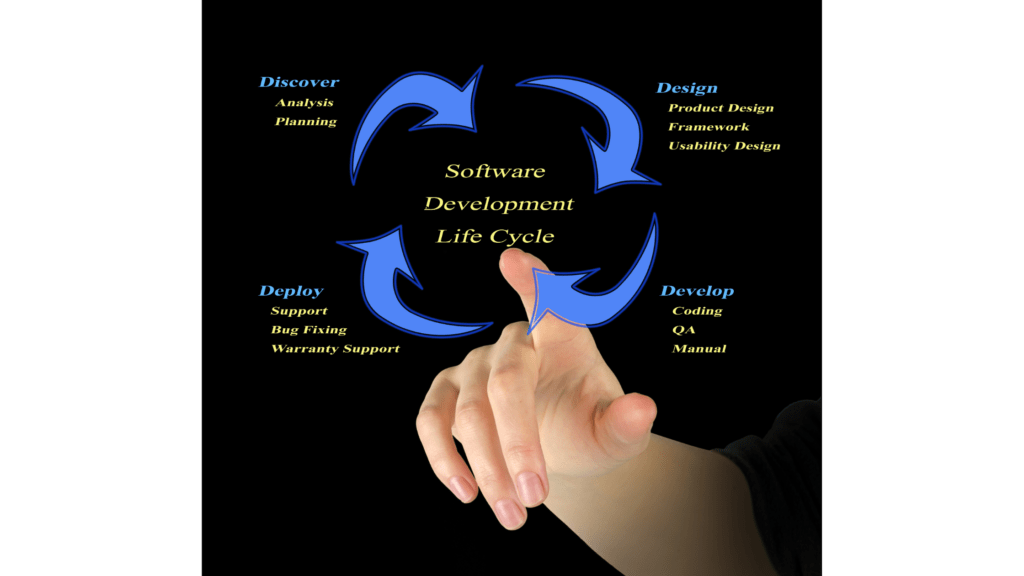What is static testing?

Introduction:
Static Testing Basics
Work Products that Can Be Examined by Static Testing
Static testing involves the examination of work products without executing the code. Various work products can be subject to static testing,
including:
Requirements Documents: Ensuring that requirements are clear, complete, and unambiguous.
Design Documents: Verifying that the design meets specified requirements.
Code: Reviewing the source code for defects, adherence to coding standards, and maintainability.
Test Plans: Ensuring test plans are comprehensive and aligned with requirements.
Benefits of Static Testing
Static testing offers several benefits in the software development process:
- Early Detection of Defects: Finding and fixing defects at an early stage reduces the cost of addressing issues later in the development cycle.
- Improved Quality: Ensuring that work products meet quality standards and requirements.
- Knowledge Sharing: Facilitating communication and knowledge sharing among team members through collaborative reviews.
- Process Improvement: Identifying opportunities for process improvement and adherence to coding standards.
Differences between Static and Dynamic Testing
Static Testing:
- Performed without executing the code.
- Focuses on work products such as requirements, design, and code.
- Aims to identify defects early in the development process.
- Examples include reviews, inspections, and walkthroughs.
Dynamic Testing:
- Requires code execution.
- Involves testing the software against specific test cases.
- Aims to ensure the software meets functional and performance requirements.
- Examples include unit testing, integration testing, and system testing.
Review Process
Work Product Review Process
The work product review process in static testing typically involves the following steps:
- Planning: Defining the scope, objectives, and participants of the review.
- Kick-off Meeting: Introducing the review, setting expectations, and assigning roles.
- Individual Review: Each participant reviews the work product independently, identifying defects.
- Collecting and Summarizing Defects: Consolidating identified defects for discussion.
- Review Meeting: Discussing identified defects, clarifying issues, and reaching a consensus.
- Rework: Addressing and fixing identified defects.
- Follow-up: Verifying that defects have been resolved and closing the review.
Roles and Responsibilities in a Formal Review
Various roles are involved in a formal review process:
- Moderator/Chairperson: Facilitates the review process, ensuring adherence to the agenda and resolving conflicts.
- Author/Producer: The person responsible for creating the work product being reviewed.
- Reviewer: Participants who assess the work product for defects and quality.
- Scribe: Records the issues, decisions, and actions during the review.
Review Types
Different types of reviews serve specific purposes:
- Walkthroughs: A step-by-step presentation of the work product to gather feedback.
- Inspections: A formal and structured review process with predefined roles and checklists.
- Technical Reviews: Focused on evaluating technical aspects such as design or code.
- Management Reviews: Assessing the work product’s alignment with project goals and management expectations.
Applying Review Techniques
Various review techniques are employed during the review process:
- Checklists: Predefined lists of items to review, ensuring comprehensive examination.
- Scenarios: Assessing the work product by considering different usage scenarios.
- Ad Hoc Reviews: Informal and spontaneous reviews without predefined structures.
Success Factors for Reviews
Successful reviews depend on several factors:
- Preparation: Adequate preparation, including defining objectives and selecting appropriate participants.
- Effective Communication: Clear communication among participants to articulate feedback and concerns.
- Open-mindedness: Willingness to consider alternative perspectives and learn from the review process.
- Defined Roles: Clearly defined roles and responsibilities for all participants.
- Timeliness: Conducting reviews promptly to avoid project delays.



